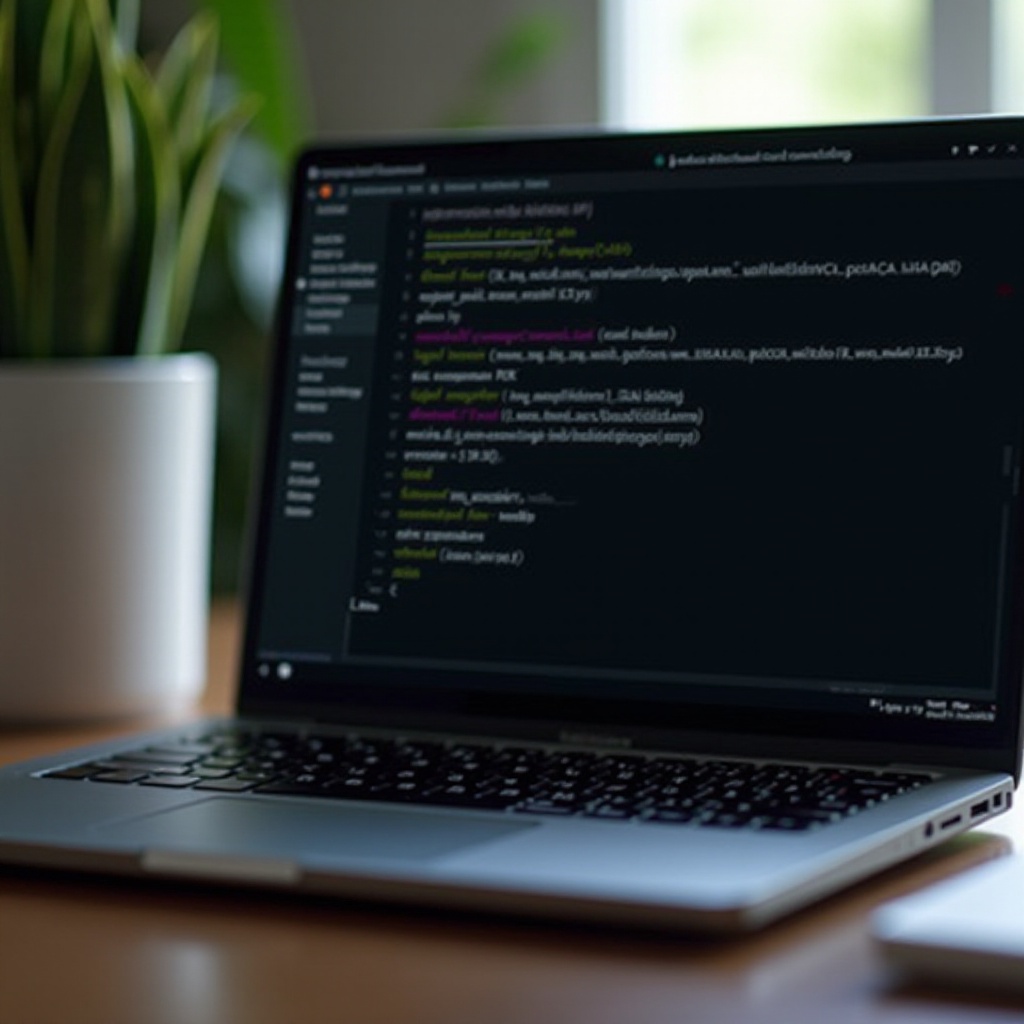Introduction
Installing APK files on a Chromebook equipped with the Linux Development Environment can extend your Android experience. Chromebooks, renowned for their seamless integration with Google Workspace and other productivity tools, can emulate the functionality of a traditional PC or a full-blown Android device. To enable this, you should leverage the Linux Development Environment that these devices provide. Here, I will walk you through each step required to successfully install APK files on your Chromebook. From setting up the environment to troubleshooting common issues, you’ll find everything you need in this comprehensive guide.

Preparing Your Chromebook
Before diving into the intricacies of installing APK files on your Chromebook, it’s crucial to prepare your device.
- Check Compatibility: Ensure that your Chromebook is running Chrome OS 69 or later. This version includes support for the Linux (Beta) feature, which is central to our process.
- Enable Linux (Beta): Navigate to your Chromebook’s settings. Under the “Linux (Beta)” section, click “Turn On.” Follow the on-screen instructions to set up your Linux container.
- Disk Space: Ensure that you have sufficient disk space. Installing Linux and subsequent programs will require a reasonable amount of space. A minimum of 5 GB is recommended, although more might be needed depending on your usage.
Once your Chromebook is prepped and compatible, you can proceed to set up the Linux Development Environment, the backbone of this installation process.
Setting Up the Linux Development Environment
Now that your device is ready, let’s set up the Linux Development Environment.
- Activate Linux (Beta): If you haven’t already done so, click on the time in the bottom-right corner to open the system tray. Go to ‘Settings’ > ‘Linux (Beta)’ and initiate the setup.
- Configure Linux: Assign a name to your Linux partition and allocate the necessary disk space. You can adjust these settings later if needed, but provide at least 5 GB initially.
- Install Essential Packages: Once the setup is complete, you’ll need a terminal to install packages. Open the Terminal app through your app drawer.
By now, Linux should be running on your Chromebook. Next, you need to install the essential tools and dependencies to facilitate the APK installation.
Installing Necessary Tools and Dependencies
Before you can run Android APK files, you’ll need to ensure your system has the required tools and dependencies.
- Update and Upgrade Linux: Open the Terminal and type the following command:
bash
sudo apt-get update && sudo apt-get upgrade - Install ADB: The Android Debug Bridge (ADB) is necessary to communicate with your Android environment. Execute the following command:
bash
sudo apt-get install android-tools-adb - Enable ADB Debugging: Navigate to ‘Settings’ > ‘Linux (Beta)’ > ‘Develop Android Apps.’ Enable ADB debugging and then follow the on-screen instructions to configure it.
With these tools installed, your Chromebook is almost ready to install and run APK files. The next step is to download and transfer the APK file you’re interested in installing.

Downloading and Transferring APK Files
Before you can install an APK file, you need to get the APK file and transfer it to your Linux environment.
- Download APK File: You can download the APK file from trusted sources or a third-party site. Always ensure the APK source is safe to prevent malicious software from damaging your device.
- Transfer APK File: Once downloaded, you need to move the APK file to the Linux file system. You can do this using the built-in Files app, dragging the APK file into the ‘Linux files’ section.
After transferring the APK file to your Linux directory, it’s time to install it using ADB.

Installing APK via ADB
To install the APK file using ADB, follow these steps carefully:
- Open Terminal: Launch the Terminal app.
- Navigate to File Location: Change the directory to where the APK is stored using the
cdcommand.
bash
cd /path/to/your/apk - Install APK: Execute the ADB install command:
bash
adb install your_apk_file.apk - Verify Installation: If the installation is successful, you should see ‘Success’ in the terminal prompt.
This part of the process mostly involves using the command line, so ensure each command is typed correctly to prevent errors. If you encounter issues, proceed to the troubleshooting section.
Troubleshooting Common Issues
Installation processes can sometimes encounter hiccups. Here’s how to address common problems:
- Insufficient Disk Space: Ensure you have enough space available. Use the command
df -hto check your disk usage. - Permission Issues: Ensure that the APK file has execute permissions:
bash
chmod +x your_apk_file.apk - ADB Not Recognized: Reconfirm ADB was installed correctly. If not, repeat the installation steps outlined in the necessary tools section.
Resolving these issues typically allows the installation process to proceed smoothly and ensures the APK runs seamlessly.
Conclusion
Installing APK files on a Chromebook Linux Development Environment is a straightforward process if you follow the right steps. From preparing your Chromebook and setting up the Linux environment to installing necessary tools, downloading files, and troubleshooting, this guide covers it all. These steps will broaden your Chromebook’s capabilities by allowing it to run Android applications, merging the best features of both operating systems.
Frequently Asked Questions
Can I install APKs directly from the Google Play Store on the Chromebook’s Linux environment?
No, the Google Play Store is designed to work with Chrome OS directly, not within the Linux environment. APKs need to be manually downloaded and installed via ADB.
What to do if an APK installation fails midway?
Check your device’s disk space and ensure all necessary permissions are granted. Verify the APK file’s integrity and reattempt the installation.
Is it safe to install APKs from third-party sources on my Chromebook?
It is generally safe if the source is trusted. However, always exercise caution and ensure your files are free from malware. Use reputable sites for downloading APK files.

